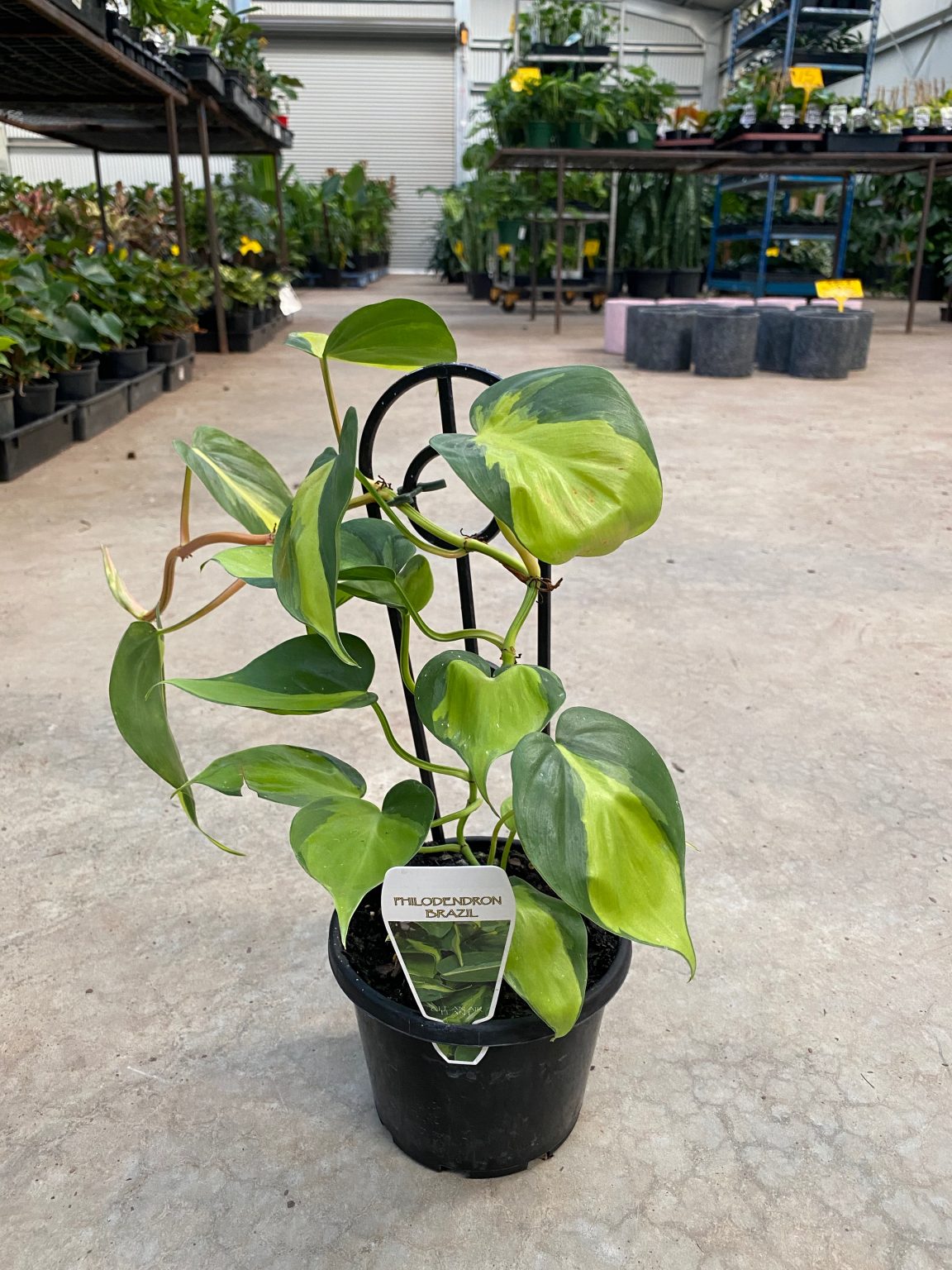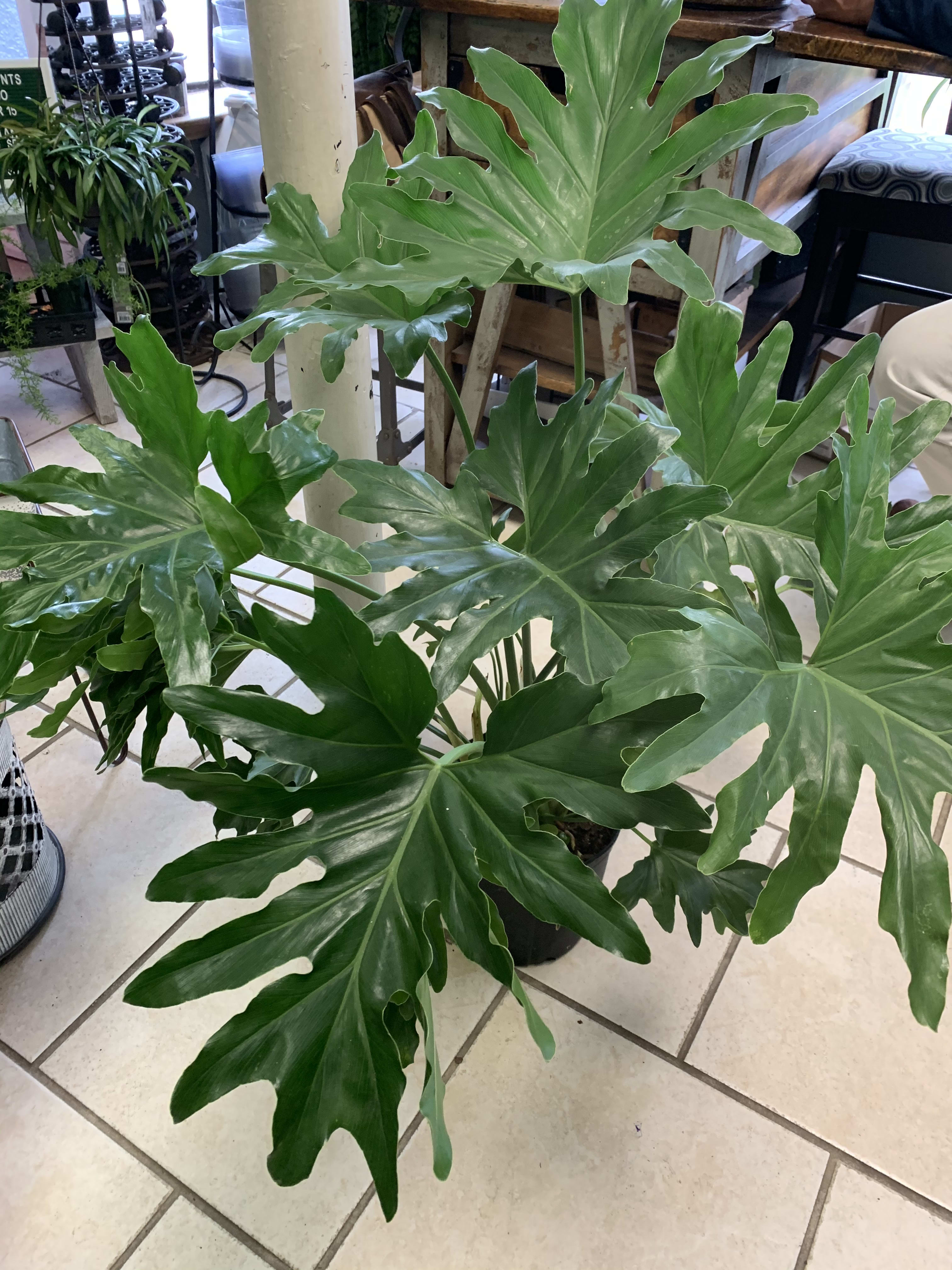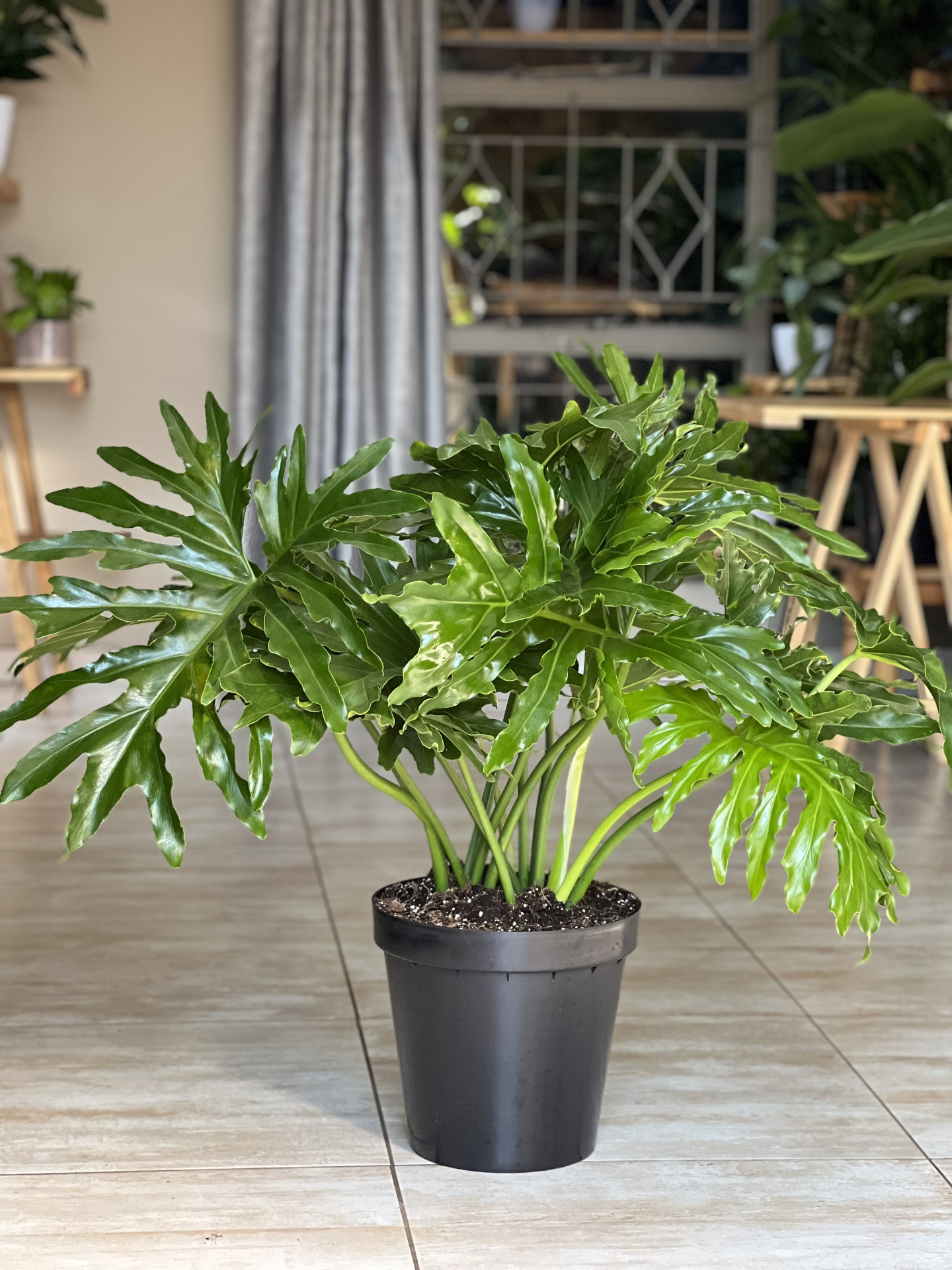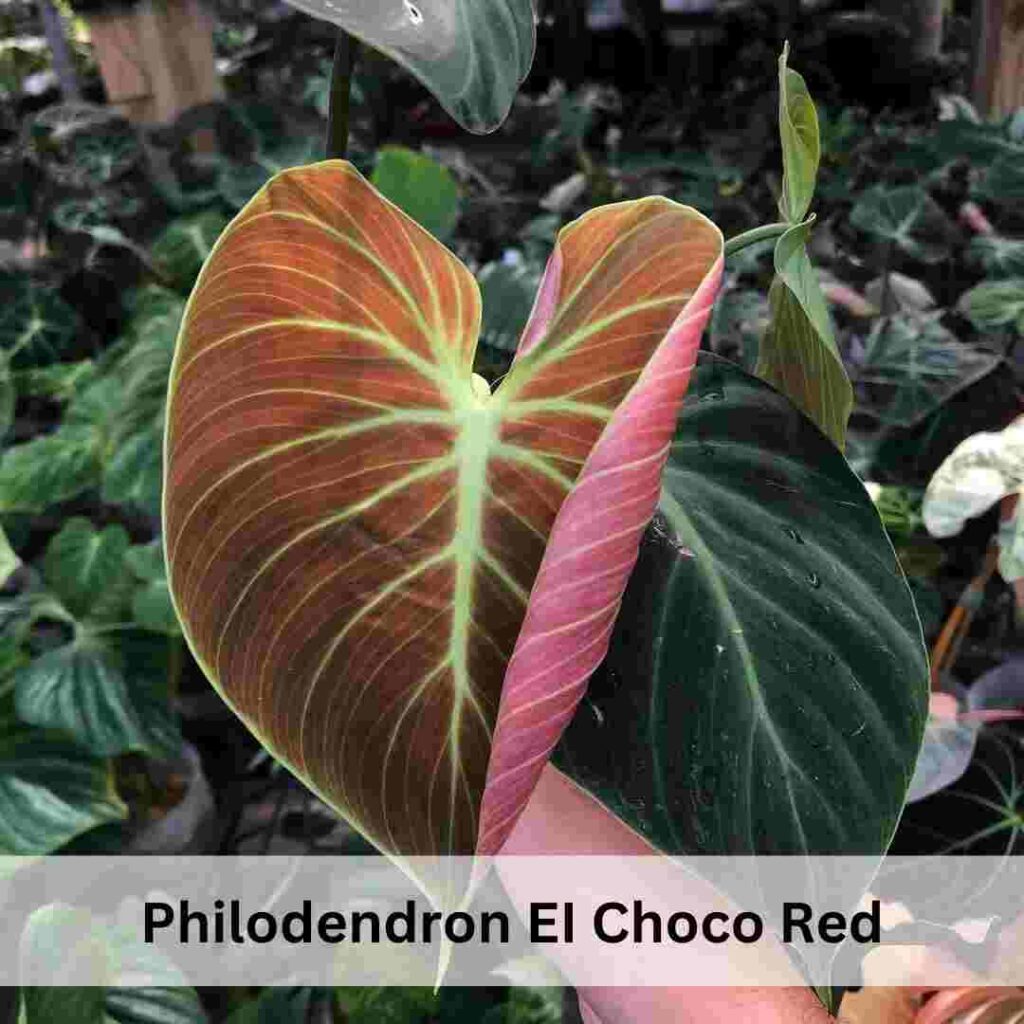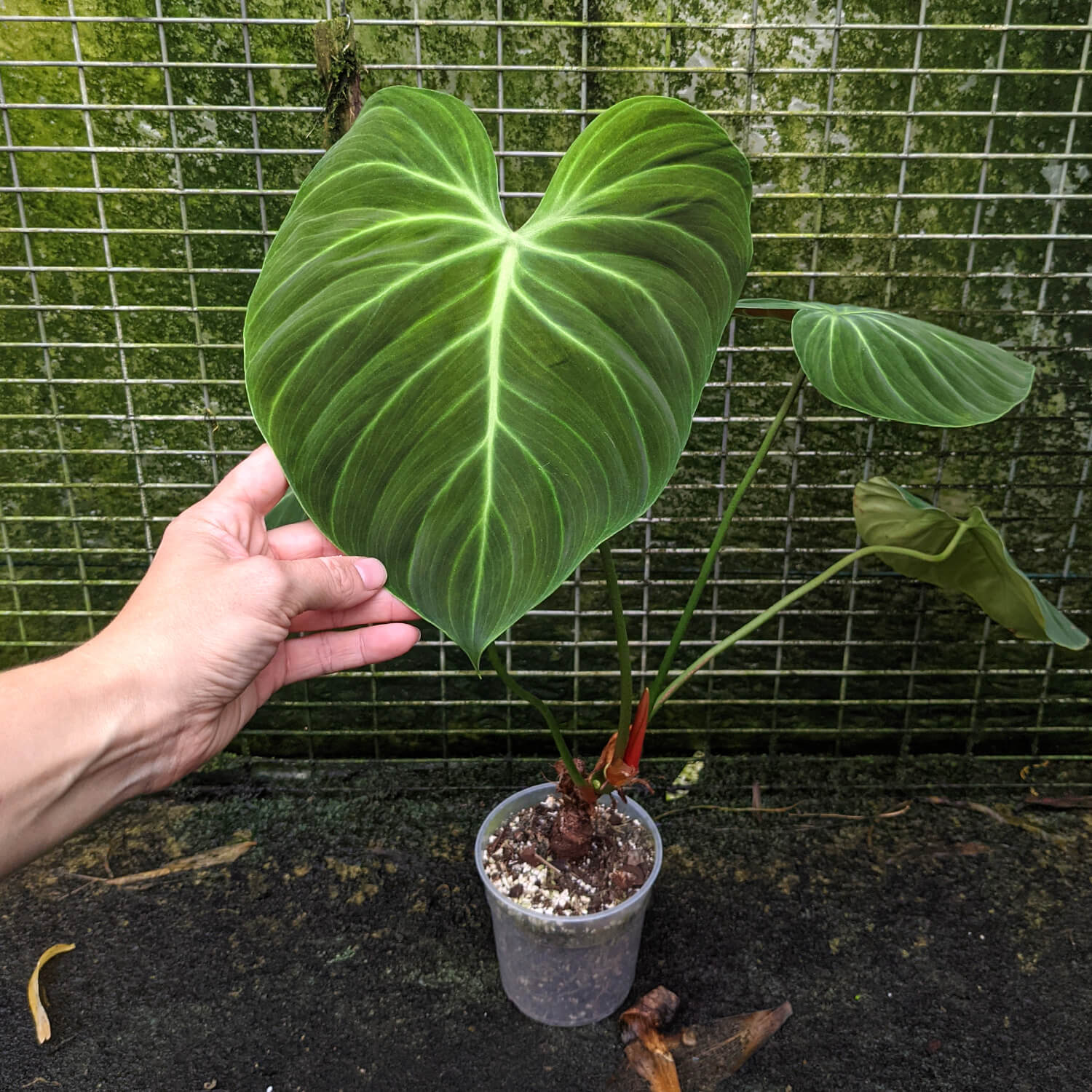Ultimate Philodendron Brasil Care Guide: Thriving Indoors
Are you ready to elevate your indoor plant game with the stunning Philodendron Brasil? This easy-going foliage stunner is perfect for both novice and seasoned plant enthusiasts alike. With its vibrant yellow variegation that adds a pop of sunshine to any space, the Philodendron Brasil is sure to steal the show.
Philodendron Brasil: Thriving Indoors Guide
Want to unlock the secret to a thriving Philodendron Brasil? Our comprehensive guide has got you covered. We’ll dive into everything you need to know about this popular houseplant, from its ideal light conditions to its watering and fertilizing routines. Whether you’re a seasoned plant parent or just starting your leafy adventure, this guide will empower you with the knowledge to keep your Brasil looking its best.

Ultimate Philodendron Brasil Care Guide: Thriving Indoors
Welcome to your ultimate Philodendron Brasil care guide! This guide is here to help you keep your Philodendron Brasil healthy and thriving, so you can enjoy its beauty for years to come. We’ll cover everything from watering to fertilizing to troubleshooting common problems. So whether you’re a new plant parent or you’ve been growing Philodendrons for years, we’ve got you covered.
Philodendrons are a popular choice for indoor gardeners because they are relatively low-maintenance and can tolerate a wide range of conditions. However, like all plants, they do have some specific needs that must be met in order to thrive. In this guide, we’ll discuss the following topics:
- Light requirements
- Watering
- Fertilizing
- Pruning
- Common problems and how to fix them
So, whether you’re a new plant parent or you’re just looking for some tips on how to keep your Philodendron Brasil looking its best, read on!
Light requirements
Philodendrons prefer bright, indirect light. They can tolerate low light conditions, but their growth will be stunted and their leaves may become dull. If you don’t have a spot in your home that receives bright, indirect light, you can supplement with artificial light.
Watering
Philodendrons like to be watered regularly, but they don’t like to sit in soggy soil. The best way to water your plant is to wait until the top inch of soil is dry to the touch, then water it thoroughly. Be sure to drain any excess water from the pot.
Fertilizing
Philodendrons benefit from being fertilized every few months. You can use a balanced liquid fertilizer, or you can use a slow-release fertilizer.
Pruning
Philodendrons can be pruned to control their size and shape. You can prune them at any time of year, but it’s best to do it in the spring or summer when they are actively growing.
Common problems and how to fix them
Philodendrons are relatively low-maintenance plants, but they can occasionally develop problems. Here are some of the most common problems and how to fix them:
- Brown leaves: Brown leaves can be caused by underwatering, overwatering, or sunburn. If the leaves are brown and crispy, it’s likely due to underwatering. If the leaves are brown and mushy, it’s likely due to overwatering. If the leaves are brown and scorched, it’s likely due to sunburn.
- Yellow leaves: Yellow leaves can be caused by a number of factors, including nutrient deficiency, overwatering, or pests. If the leaves are yellow and wilting, it’s likely due to underwatering. If the leaves are yellow and have brown spots, it’s likely due to a nutrient deficiency. If the leaves are yellow and have webbing on them, it’s likely due to pests.
- Pests: Philodendrons can be susceptible to a number of pests, including aphids, mealybugs, and spider mites. If you see any pests on your plant, you can treat them with a insecticidal soap or neem oil.
By following these tips, you can keep your Philodendron Brasil healthy and thriving for years to come.

Philodendron Brasil Care Tips for Thriving Indoors
If you’re looking for a stunning, low-maintenance plant to add to your indoor space, the Philodendron Brasil is a perfect choice. With its vibrant foliage and easygoing nature, this plant is sure to thrive in your home.
Here are a few tips for caring for your Philodendron Brasil:
- Give it bright, indirect light. Philodendrons prefer bright, indirect light, but they can also tolerate low-light conditions. If you don’t have a spot in your home that receives bright, indirect light, you can supplement with artificial light.
- Water it when the soil is dry to the touch. Philodendrons don’t like to sit in soggy soil, so it’s important to wait until the top inch of soil is dry to the touch before watering it. When you water it, make sure to drain any excess water from the pot.
- Fertilize it every few months. Philodendrons benefit from being fertilized every few months. You can use a balanced liquid fertilizer, or you can use a slow-release fertilizer.
- Prune it to control its size and shape. Philodendrons can be pruned to control their size and shape. You can prune them at any time of year, but it’s best to do it in the spring or summer when they are actively growing.
By following these tips, you can keep your Philodendron Brasil healthy and thriving for years to come.
:max_bytes(150000):strip_icc()/philodendron-brasil-care-guide-5204203-09-127e9596924547ee8dfae821536530d0.jpg)
The Hidden Secrets of Philodendron Brasil Care
The Philodendron Brasil is a beautiful and easy-to-care-for plant that makes a great addition to any home. But what are the secrets to keeping this plant looking its best?
Here are a few tips:
- Use a well-draining potting mix. Philodendrons don’t like to sit in soggy soil, so it’s important to use a well-draining potting mix. A good mix will contain a combination of peat moss, perlite, and vermiculite.
- Water your plant regularly. Philodendrons need to be watered regularly, but they don’t like to sit in soggy soil. Water your plant when the top inch of soil is dry to the touch.
- Fertilize your plant every few months. Philodendrons benefit from being fertilized every few months. You can use a balanced liquid fertilizer, or you can use a slow-release fertilizer.
- Give your plant plenty of light. Philodendrons prefer bright, indirect light, but they can also tolerate low-light conditions. If you don’t have a spot in your home that receives bright, indirect light, you can supplement with artificial light.
By following these tips, you can keep your Philodendron Brasil healthy and thriving for years to come.

The Ultimate Guide to Philodendron Brasil Care
The Philodendron Brasil is a stunning plant that is perfect for adding a touch of tropical flair to your home. With its vibrant, variegated leaves, this plant is sure to make a statement in any room.
If you’re thinking about adding a Philodendron Brasil to your collection, here’s what you need to know about caring for this beautiful plant:
- Light: Philodendrons prefer bright, indirect light. They can tolerate low light conditions, but their growth will be stunted and their leaves may become dull.
- Water: Philodendrons like to be watered regularly, but they don’t like to sit in soggy soil. The best way to water your plant is to wait until the top inch of soil is dry to the touch, then water it thoroughly. Be sure to drain any excess water from the pot.
- Fertilizer: Philodendrons benefit from being fertilized every few months. You can use a balanced liquid fertilizer, or you can use a slow-release fertilizer.
- Humidity: Philodendrons prefer high humidity. You can increase the humidity around your plant by misting it regularly or placing it on a pebble tray filled with water.
- Temperature: Philodendrons prefer warm temperatures. The ideal temperature range for these plants is between 65 and 85 degrees Fahrenheit.
By following these tips, you can keep your Philodendron Brasil healthy and thriving for years to come.
